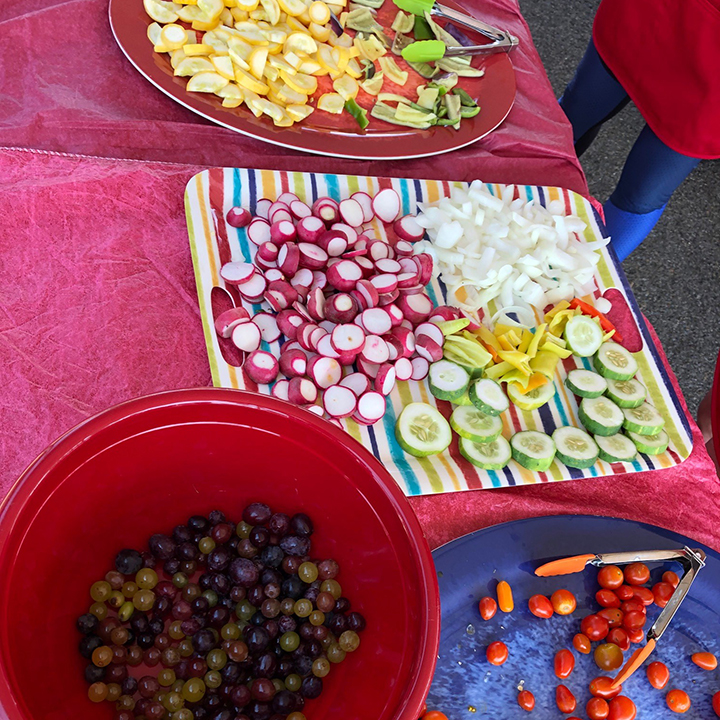
Curbing Oklahoma Obesity
Wednesday, October 23, 2019
With support from a nearly $4 million grant from the Centers for Disease Control and Prevention, Oklahoma State University is working to tackle the obesity crisis and inject healthy living habits in Adair and Muskogee counties in eastern Oklahoma.
The College of Human Sciences and OSU’s Center for Health Systems Innovation partnered with the Oklahoma Cooperative Extension Service on the project, which received the five-year funding in the fall of 2018. The High Obesity Program, which is part of the CDC’s Division of Nutrition, Physical Activity and Obesity, funds land-grant universities in states with counties that have more than 40 percent prevalence of obesity in adults.
Oklahoma ranks sixth in the nation for its adult obesity and diabetes rates, second in cardiovascular deaths and fifth in cancer deaths, according to the CDC and the 2014 Oklahoma State of the State Health Report. The two counties initially targeted for help have adult obesity rates exceeding 40 percent: Adair (41.3 percent) and Muskogee (40.6 percent). The project, titled Curbing Obesity in Adair and Muskogee Counties, aims to work with community organizations to create opportunities and incentives for consumption of healthy foods and increased levels of physical activity.
According to Deana Hildebrand, a professor and extension specialist in OSU’s Department of Nutritional Sciences, OSU is collaborating with community organizations to expand and enhance healthy eating initiatives and safe and accessible physical activity options. In the 12 months since launching the High Obesity project, the team has conducted needs assessments, built relationships and partnerships and begun to influence health changes in Adair and Muskogee counties through policy and environmental changes.
William D. Paiva is the executive director for the Center for Health Systems Innovation, which works across the state to transform rural and Native American health.
“(Through the funded project), we are providing valuable programs to our rural citizens to address the obesity crisis, which is causing Oklahomans to die far too young,” Paiva said.
Janice Hermann, a professor and extension specialist in the Department of Nutritional Sciences, said the long- term benefits of the program will be improved physical health of residents in Adair and Muskogee counties.
“It is clear from the research we have conducted at OSU and the CDC’s research efforts that many of the issues related to our obesity epidemic in Oklahoma can be addressed with a focused effort to improve access to healthy food and safe and accessible physical activity options,” Hermann said.
Lacey Wallace, manager for the CDC High Obesity Program, said coalitions and partnerships have been integral to the program’s early success.
“By collaborating with TSET (Healthy Living Program) grantees, both TSET and CDC funds have been leveraged to achieve outcomes that might not have been achieved otherwise,” Wallace said.
In Adair County, the Stillwell City Council passed the Safe Route to School and Complete Streets resolutions. Infrastructure improvements have been made on the streets surrounding local schools to encourage walking and biking and to increase student safety.
“Policy changes like this communicate a culture of health to the community,” Hildebrand said.
In Muskogee County, walking trail flyers were distributed through the city’s utility mailing and installation of way-finding signage for the Muskogee trail system has begun. Because of these efforts, community residents have an increased awareness of the free physical activity resources and opportunities in the county. The team also partnered with the TSET Healthy Living Initiative on a special event to prepare and serve free samples of a wide variety of fresh fruit and vegetables at a farmer’s market.
“We are excited and honored to be working with the TSET, Eastern Oklahoma Food Bank, the Cherokee Nation and local health providers as partners in this project,” Hildebrand said. “Together, we are making progress in creating healthy environments to support residents in living healthy lives and experiencing better health outcomes.”
